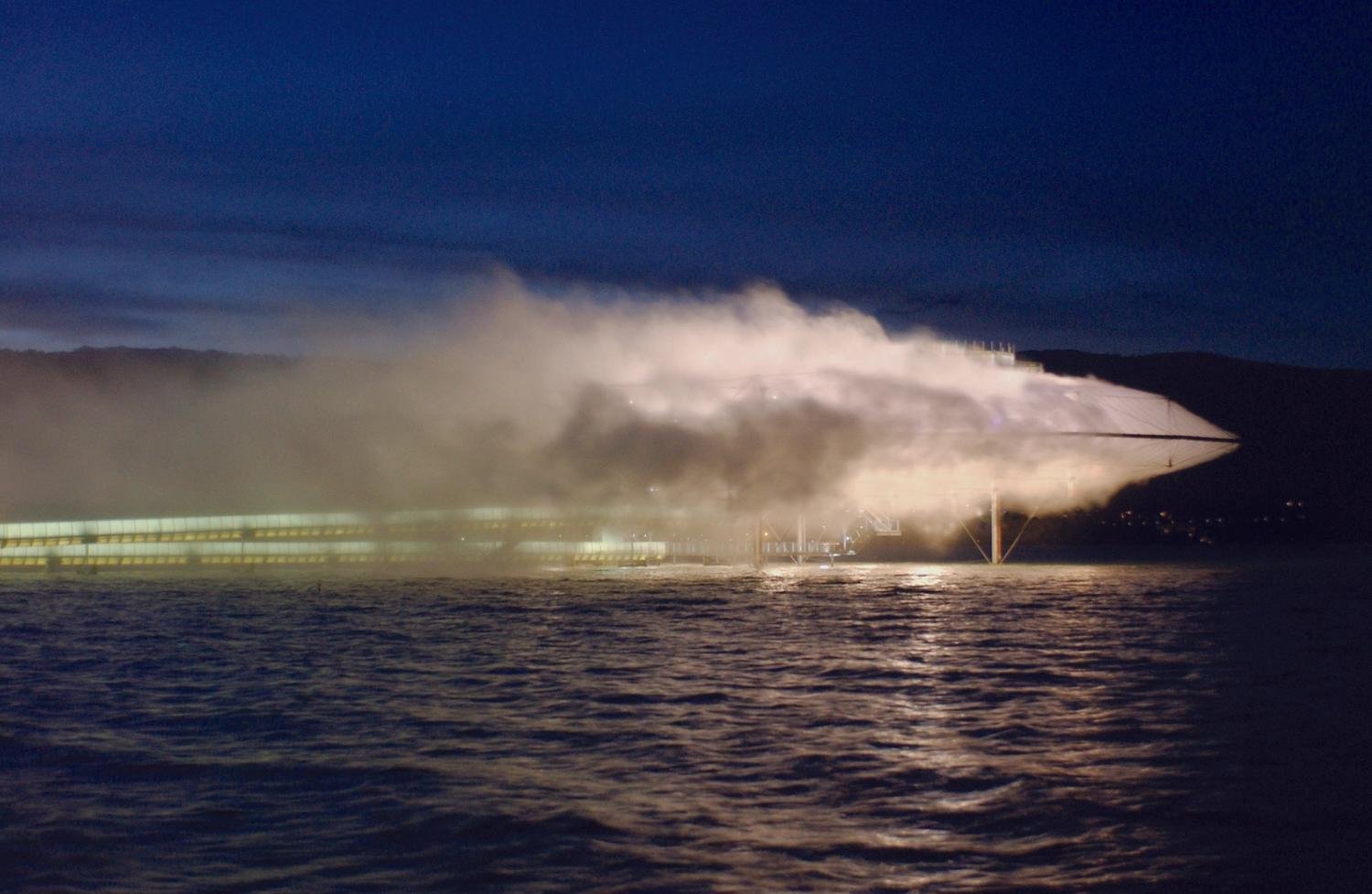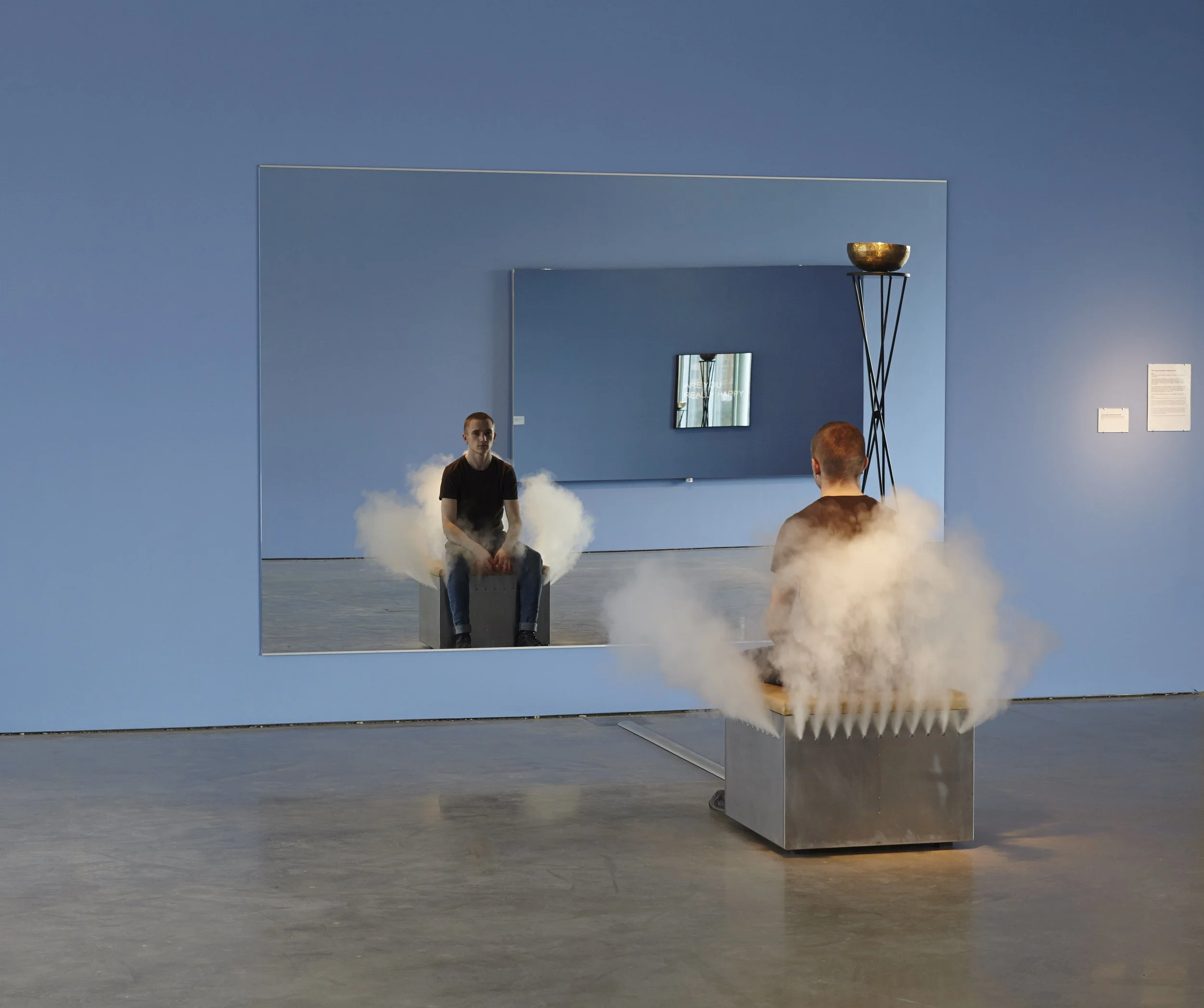Where There's Smoke:
A Brief History of Smoke and Vapor in Modern Art
Farnsworth Fine Cannabis is a bold and inclusive world, but at our core, we are a smoking brand. The ritual of setting fire to flower is at once a simple act of chemistry and a religious transfiguration. Solid becomes gas; THC achieves its most ephemeral, most spiritual state — billowing improvisations which swirl and dance before fading into the ether.
Through the centuries artists have been obsessed with the depiction of the ephemeral (especially when juxtaposed with the eternal) and few phenomena showcase ephemerality as succinctly as smoke and/or vapor. But there was a way to take a cloud and pin it down ...
Vincent Van Gogh Wheat Field with Cypresses (1889) Metropolitan Museum of Art, New York
Water vapor — a.k.a. clouds — have long been a subject represented by paint. In the 1960s vapor itself BECOMES the medium.
Fast-forward to 1960s Southern California where a booming aerospace and missile defense ecosystem prospered in the postwar arms race. A handful of engineers at places like Lockheed, Caltech, Jet Propulsion Laboratory and NASA—not to mention a nascent Silicon Valley—were cutting technological edges during the day and hanging out in parking lots with their artist friends during the night. Or as Pacific Standard Time explains, “an opened-minded creative class of scientists, fabricators, and industry professionals were both prevalent and amenable to collaboration." The Light and Space Art Movement was born.
“Clouds,” perhaps couldn’t be pinned, but they could be conjured and manipulated into works of art and in the decades since artists have found all sorts of brilliant ways to do so. Here are some of our favorites:
Mason Williams, Sunflower (1967)
Skywriting performance near Apple Valley, California, 11 July 1967. Photos by Tony Esparza
Sam Francis, Snow Painting (1967)
Performance in Naibars, Japan, winter 1067. Photo by Toshio Yoshida.
Judy Chicago, Multi-Color Atmosphere, “On Fire” (1970)
Image credit: Smithsonian American Art Museum.
Alighieri Boetti, Smoke Myself (1993)
Image credit: MoMA, New York.
Diller Scofidio, Blur Building (2002)
Images credit: Beat Widmer.
Jeppe Hein, Smoking Bench (2002)
Image: Per Kristiansen/Bonniers Art Gallery.
Cyprien Gaillard, Real Remnants of Fictive Wars (2004)
Still from Real Remnants of Fictive Wars I.
Lara Favaretto, Thinking Head (2017)
Image credit unknown.













